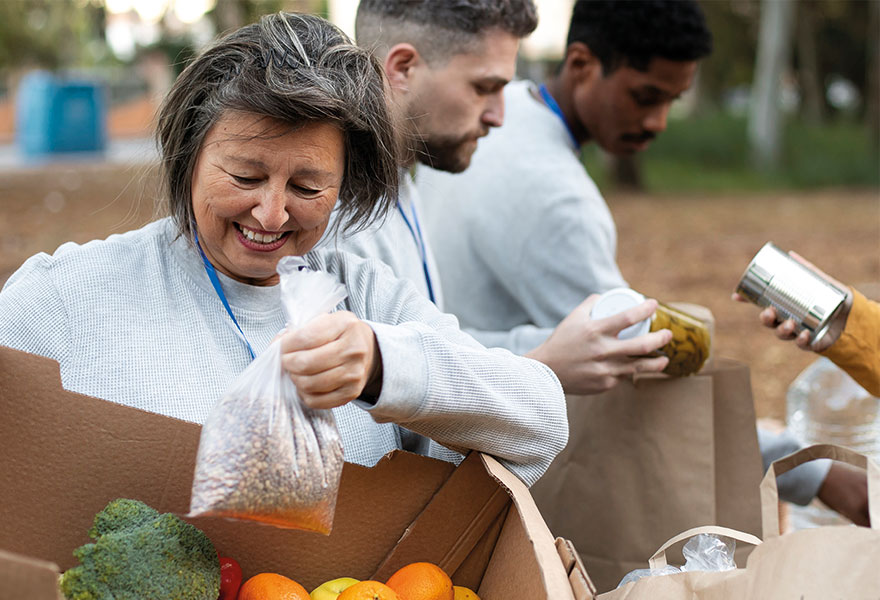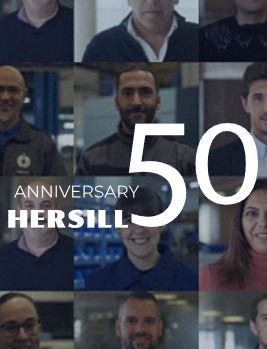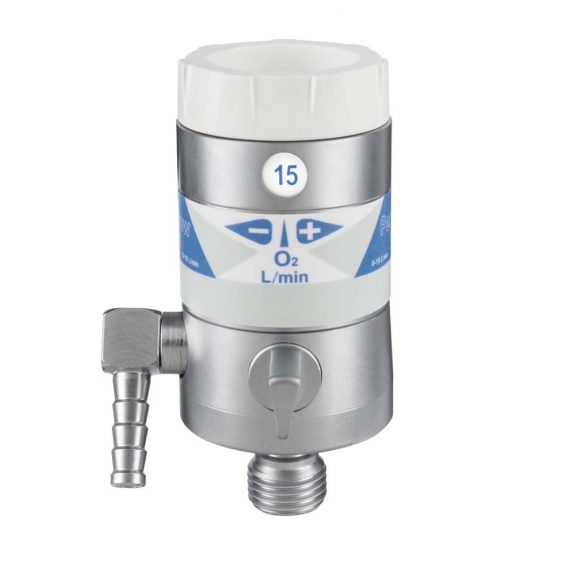HERSILL | NEWS | UPDATES |
In an increasingly complex world, humanitarian crises are more frequent and devastating. From protracted conflicts to natural disasters, millions of people face situations where access to basic services, such as food, water or medical care, becomes a matter of life and death.
In 2023 alone, UNICEF addressed 412 emergency situations in 107 countries. Right now, says UNICEF Co-Ordinator Rebeca Jonsson, “it is estimated that more than 400 million children live in conflict zones, living daily with violence and without the essentials to survive, 36.5 million children have had to leave their homes to survive, and 8 million children under the age of 5 are at risk of dying as a result of severe acute malnutrition.”
In the case of the Dominican community of the Convent of Santa Clara, in the first two months of the war in Ukraine alone, they welcomed some 4,000 people, mainly women with children. Then, explains Sor Lucía, director of the Convent Foundation of Santa Clara: “We opened humanitarian corridors to bring wounded and cancer patients to Spain. To date, we have brought 80 wounded, 60 cancer patients, including children and the elderly; we have delivered 142 ambulances, 40 pickups, generators, and two field hospitals.”
In this scenario, humanitarian assistance must be fast, coordinated and, above all, effective. This is where technology and its differential value plays a crucial role as it facilitates and improves patient care in a hostile environment where resource scarcity is the protagonist.
Rebeca Jonsson, who has worked in the field of humanitarian assistance for more than 13 years in various developing countries in Africa, the Middle East and India, among others, highlights that the issue of supplies is complex because there is a lack of electricity, running water, or even a roof to be able to act, so “you have to be flexible and, if there are certain things, interventions have to be made during the day when there is sunlight, having portable refrigerators to transport the vaccines to the necessary temperature, etc.”
Medical supplies, he says, “are one of the things that is most missed at the beginning, but thanks to the preparedness that UNICEF has before and during an emergency, and the Logistics and Supplies Division we have in Copenhagen, we can transport the essentials quickly.” In these operations, technology needs to be present, so the involvement of technology companies is key, Jonsson says. “There are different technology companies that help us develop humanitarian aid work better, more effectively. At UNICEF we are constantly looking at how to work with private sector innovations to improve our responses and in this case for health interventions.”
Hersill, aware of this reality, is keenly aware of the value of innovation in its emergency products to allow faster action, adapted to the needs and places of care, where access to the scene is complex. This is the case of the Vitae 40, the lung ventilator that integrates the most advanced technology into an apparatus of less than 1.4 Kg designed to be held on one hand, ideal for any emergency and transport scenario. Its unique ergonomic concept, with all the connections aligned on the anchor shaft, allows minimal occupancy in the vehicle and easy exchange between its wall supports, roof, rail, trolley and transport cases.
Sister Lucia Caram, with great experience in family care and social health care in emergency situations, especially in the last years of the war in Ukraine, emphasizes that “in this situation it has been vital to collect equipment in perfect condition that was being removed from hospitals. Today, equipment is often changed to stay ahead of new technologies or innovative products.”
For these types of actions, Sor Lucía explains, “emergency medical backpacks and, of course, defibrillators are essential. The urgent demand for tourniquets, but above all the need for material for serious first aid. “Having Hersill has been fundamental, as it has allowed us to have essential material for the field hospital, as well as for everyday emergencies,” he adds. “Hersill was one of the first companies that joined to help us and did not hesitate to be by our side in the difficult management of finding resources for the field hospital and also offered us technical advice,” she adds.
There are many professionals who care every day for thousands of people in extremely serious situations. The most difficult, Sister Lucía describes, is to see mutilated young people who are staring into the distance, without the ability to react. And of course, to be in the middle of wards full of wounded people crying out in pain and urgently waiting for some relief… and an outstretched hand. “For this reason,” she adds, “it is necessary for the professional to have a very practical mind, empathy with patients and a left hand to manage, in addition to the drama of the wounds, the psychological and post-traumatic burden of the wounded of war, both civilian and military.”
On the other hand, Rebeca Jonsson highlights that it is very important to have flexibility and “be able to adapt to different schedules, environmental conditions, long trips, different customs, not having the usual comforts, be open to continue learning, given that you have to learn from the population you are attending to understand well what they need; this implies the qualities of respect and at the same time humility, deep knowledge of yourself, that is, be aware of your basic needs to ensure that in times of stress they are covered and so move on”.
Technology has proven to be an indispensable ally in humanitarian emergencies, where every second and every resource counts to save lives. Collaboration between companies like Hersill and humanitarian organizations allows us to bring medical care and hope to the world’s most difficult corners. Equipment like the Vitae 40 lung ventilator, with its compact and effective design, illustrates how innovation meets the critical needs of these interventions, and how this synergy between technology and humanitarian assistance not only improves emergency assistance, but also reaffirms our shared commitment to extend aid to those who need it most.



